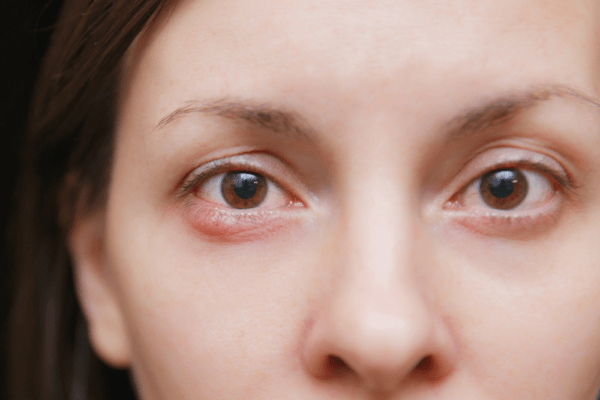Spending hours staring at a computer screen may raise your risk of developing glaucoma, a progressive vision-robbing eye disease, according to various studies. Now that we live in a digital dominated world, it is difficult to abstain yourself from using the vast technology available at your disposal. However, with excessive exposure to these digital screens, your eyes could be paying the price for it.
Glaucoma is a condition that damages the optic nerve and retina of the eye by a buildup of pressure inside caused due to a backup of fluid. It tends to get worse with time and if left untreated, can lead to permanent vision loss. The sings and diagnosis of glaucoma tend to show later in life with people developing the disease at around the age of 40 and above. Now there are other causes for the condition such as heritage, family history, and even diabetes, according to a study in Japan, there exists a link between heavy computer stress and various eye problems including dreadful glaucoma as well. The study observed 10,000 employees and found that the people who already had vision issues like short-sightedness or long-sightedness, were more at risk of growing the condition. “Myopic workers with a history of long-term computer using might have an increased risk of visual field abnormalities, possibly related to glaucoma,” said Dr Masayuki Tatemichi, who led the team. This goes in line with other optical health experts concern regarding the use of electronic devices deteriorating eyesight. Glare from computer monitors, laptop and cellphone screens contribute to the bigger picture of being an issue for glaucoma.
More than 50% of people who are engaged with excessive screen time experience the “digital eye strain” condition. Some of the common symptoms of digital eye strain include dry eyes, throbbing eyes, fatigue, red eyes and headaches. These symptoms escalate into being some of the early signs of glaucoma as well. A monitor filter is encouraged to be used to adjust the glare of your computer/laptop screens as glare and incorrect contrast levels can further impair a patient’s vision. Further affirmation comes from Glaucoma Research Foundation, which asserts the optimization of lighting conditions for glaucoma patients as “glaucoma damages the optic nerve and retina, less light is transmitted to the brain and therefore the image produced are darker and lack contrast.”
What To Do and what NOT to do
To Do
Take regular intervals from your computer, laptop, tablet, or mobile phone screens if you find yourself working around them for the majority of the day.
Try the “20-20” method wherein every 20 minutes you have look at something 20 feet away for 20 minutes.
Use prescribed eye drops to reduce pain, swelling or redness that might later become the cause of something more serious.
Not To Do
Avoid prolong screen time viewing in poor lighting conditions. Reading in the dark can diminish the production of melatonin which helps control the sleep cycle. Understandably, lower melatonin levels can make you feel deluded enough to believe it is light/day when it’s not.
Treating Glaucoma
When it comes to glaucoma, going for regular eye-check ups is always recommended. To prevent symptoms from worsening, taking the help of an optical health professional or ophthalmic specialist could be helpful and can give the right diagnosis.
Modifying or adjusting the right lighting can be beneficial to those living with glaucoma. Other simple modifications would include an anti-glare feature or reducing the reflection on the screen and strain on the eye by moving away from a window.



